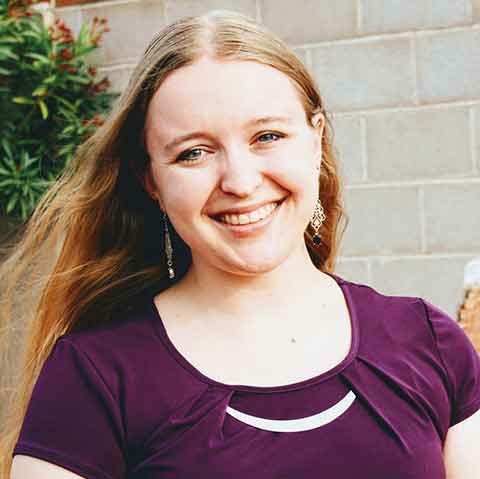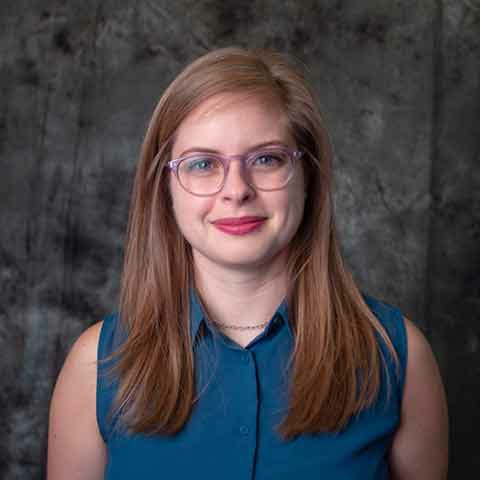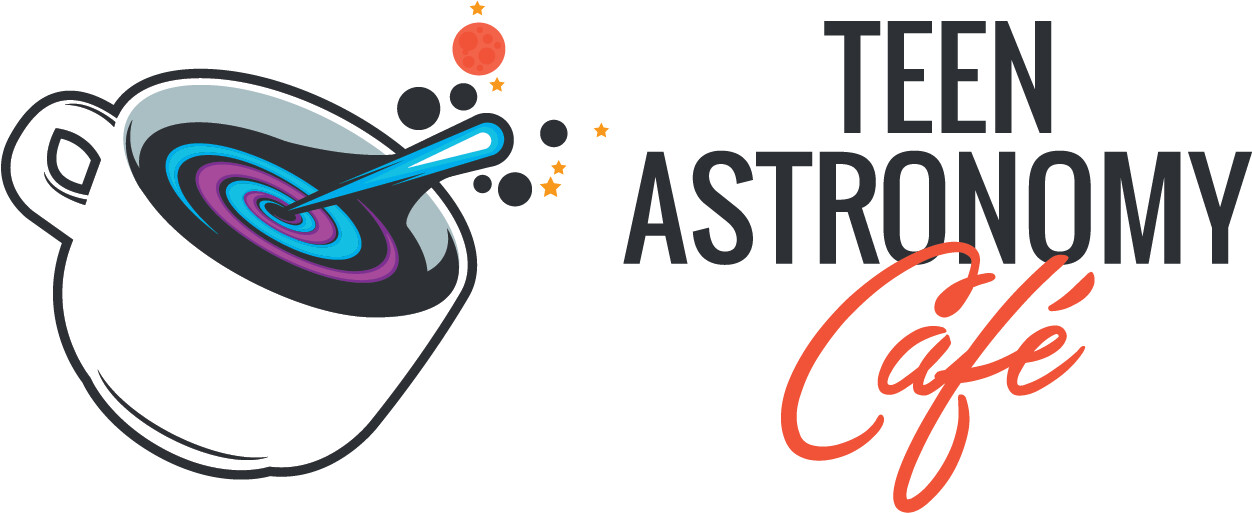
About the 2020-21 Speakers
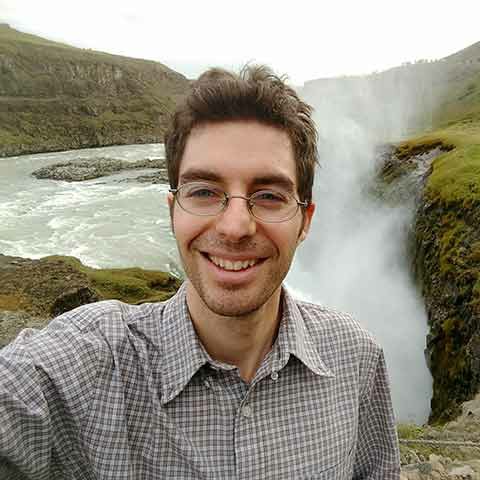 |
Everett SchlawinFinding the Ingredients of Other Worlds: How Spectra Tell Us what Extrasolar Planets are Made OfOctober 3, 2020 Everett is interested in what planets and their atmospheres are made of. He studies planet composition by observing transiting planets - planets that cross in front and behind their host stars. Everett is a member of the James Webb Space Telescope NIRCam team, led by Marcia Rieke. The unprecedented Webb telescope will enable giant leaps in our understanding of planet composition. |
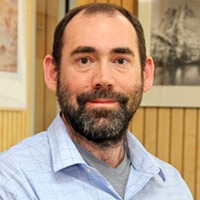 |
Dr. Adam BoltonLooking through Gravitational LensesNovember 7, 2020 Dr. Adam Bolton is a scientist at NSF’s NOIRLab in Tucson, AZ, where he currently serves as the Director of NOIRLab’s Community Science and Data Center. He is an expert in imaging and taking spectra of massive galaxies to solve cutting-edge problems on dark energy and dark matter. Massive galaxies can bend light similarly to a lens, a process known as gravitational lensing. Studying the intricate patterns produced by gravitational lenses can be used to unravel the mysteries of dark matter. |
 |
Dr. Stephanie JuneauBlack Holes and the Fate of GalaxiesDecember 5, 2020 Dr. Stephanie Juneau is a Staff Scientist for the Data Lab at NSF’s NOIRLab. Her research interests are focused on the evolution of galaxies and supermassive black holes across cosmic time. She brings together expertise from spectroscopy, optical, infrared, and X-ray observations to unveil mysteries about galaxies and reconstruct their history. She is part of large collaborations such as the Dark Energy Spectroscopy Instrument, and the Euclid space mission, each of which will measure distances to tens of millions of galaxies. Research Description: Black holes are among the most mysterious objects in our universe. What are they? How do we find them? You will get to learn about different kinds of black holes, and apply research tools to discover their telltale signatures in astronomical observations. As the power-engine of quasars (which themselves are bright beacons that we can see far in the universe), you will learn how the largest black holes might change the fate of the galaxies they live in. |
 |
Dr. Pierre ChristianBlack Holes and Einstein’s GravityFebruary 6, 2021 Pierre Christian is an Assistant Professor at Fairfield University, in Connecticut. Previously, he earned his doctorate from Harvard University, where he worked on black hole astrophysics and was a postdoc at the University of Arizona, where he was the Steward Prize fellow in theoretical and computational astrophysics. At UA, he used black holes to study gravitational physics. He is a member of the Event Horizon Telescope collaboration, a worldwide scientific effort to take resolved images of black holes. Activity Description: The mathematical equations describing orbital motion are often too complicated to be solved with a pen and paper. In this activity, you will learn how professional astronomers use computers to solve for the orbit around a black hole. At the same time, you will learn more about the differences between Newtonian gravity that you learned in high school and Einstein’s gravitational theory of General Relativity. |
|
|
Dr. Christine O’Donnell and Dr. Rachel SmullenBreaking the Solar System (and Other Ways Simulations Help Us Understand Our Universe)March 6, 2021 Dr. Christine O'Donnell is a postdoctoral researcher at Arizona State University, and her passion is to improve science education. She received her astrophysics Ph.D. from the University of Arizona in 2020, and her dissertation included research combining computer simulations of the universe with observational data to understand how galaxies like our own Milky Way formed, as well as research into inclusive education designs. Outside of work, Christine enjoys volunteering with animal rescues and participating in hobbies such as glassblowing. Dr. Rachel Smullen is an astronomer at Los Alamos National Laboratory. She received her PhD in astrophysics from the University of Arizona in 2020. In her research life, Rachel studies how stars and planets form and evolve using large computer simulations. Her work has ranged from analyzing how clouds of gas collapse to form stars to exploring how planets like Tatooine can exist and investigating how Pluto got its moons. Rachel likes to use astronomy as a gateway science to share her passion for science and technology with people of all ages. In her spare time, she enjoys most things geeky and nerdy. |
|
|
Ardis HerroldHazardous AsteroidsApril 3, 2021 In this month’s activity, students evaluate the potential threat of an Earth impact by analyzing the orbit and estimating the size of a newly-discovered Near-Earth Object. Ardis Herrold is the Education Specialist for Rubin Observatory. She is working to design the educational investigations that will enable students to explore and analyze Rubin Observatory data. Ardis graduated with a degree in Geology from the University of Michigan, then taught earth and space sciences in Michigan at the high school and college level, as well as working in planetariums and observatories. A lifelong amateur astronomer, Ardis has a personal observatory north of Tucson where she continues to explore the skies in her spare time. |
|
|
Dr. Andre-Nicolas ChenéThe Gemini Card GameMay 1, 2021 Ever wondered how telescopes are run at large observatories? Our presenter for the May 1 Teen Astronomy Café, NOIRLab Associate Astronomer André-Nicolas Chené, discusses the Gemini Card Game. This cooperative game for 2 to 4 players offers the chance to experience the complex decisions required to run a world class observatory. Andre-Nicolas Chené’s main research interests are massive stars and star clusters. He studies the fundamental parameters and the evolution of the massive stars larger than 10 or even 100 times that of the Sun. He focuses on topics concerning massive star binaries, searching for wind variability, magnetic fields and pulsations. He also enjoys studying Galactic open and globular star clusters, the building blocks of galaxies. And dabbles in various projects on brown dwarfs, non-radial pulsating stars and high-redshift colliding galaxies, using his skills in photometry and spectroscopy at both optical and infrared wavelengths. |
About the 2019-20 Speakers
 |
Dr. Pierre ChristianBlack Holes and Einstein's GravityOctober 5, 2019 Pierre Christian is a postdoc at the University of Arizona, where he is the Steward Prize fellow in theoretical and computational astrophysics. Previously, he earned his doctorate from Harvard University, where he worked on black hole astrophysics. At UA, he is interested in using black holes to study gravitational physics. He is a member of the Event Horizon Telescope collaboration, a worldwide scientific effort to take resolved images of black holes. |
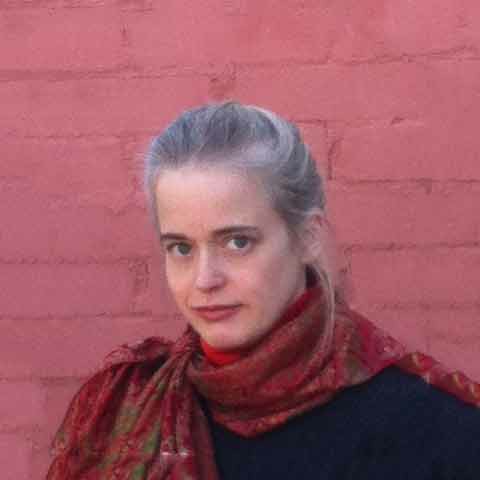 |
Dr. Brenda FryeGravitational Lensing by GalaxiesNovember 2, 2019 Brenda has undergraduate degrees in Physics and in Astronomy from the University of Arizona (UA) and a Ph. D. from the University of California at Berkeley. She is currently an Assistant Astronomer and Assistant Professor in the Department of Astronomy/Steward Observatory. Dr. Frye's main research is concentrated on understanding how galaxies form and evolve in the universe. To accomplish this, she makes use of spectroscopic observations in the optical/IR. Her current research interests include: 1) galaxies at intermediate redshifts (z=1-5), 2) galaxies at high redshifts (z>6), 3) the intergalactic medium, and 4) absorption systems towards galaxies. She is especially interested in observing all of the above gravitationally-lensed. Large masses act as natural telescopes in space, boosting the brightnesses and sizes of all objects in the background, similar to a lens. This lensing effect enables the study of distant galaxies that are intrinsically too faint to see in the field. |
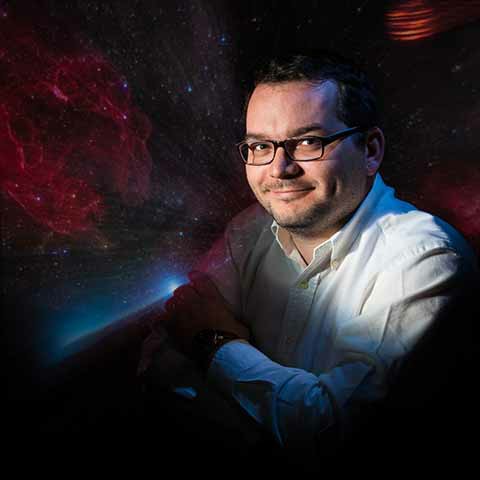 |
Dr. Daniel ApaiProject EDEN: The Search for Habitable Planets in the Solar neighborhoodDecember 7, 2019 Dr. Apai is working on the discovery and characterization of extrasolar planetary systems and on the search for life in the Universe. He is an Associate Professor of Astronomy and Planetary Sciences at The University of Arizona, and leads NASA’s Earths in Other Systems (EOS) team. He occasionally publishes blog posts on exoplanet exploration and astrobiology at http://apai.space and tweets (@danielapai). |
 |
Everett SchlawinFinding the Ingredients of Other Worlds: How Spectra Tell Us what Extrasolar Planets are Made OfFebruary 1, 2020 Everett is interested in what planets and their atmospheres are made of. He studies planet composition by observing transiting planets - planets that cross in front and behind their host stars. Everett is a member of the James Webb Space Telescope NIRCam team, led by Marcia Rieke. The unprecedented Webb telescope will enable giant leaps in our understanding of planet composition. |
 |
Dr. Chien-Hsiu LeeVariable Stars and the Expanding UniverseMarch 7, 2020 Chien-Hsiu Lee is an assistant scientist at NOIRLab. He is interested in time-domain astronomy — how astronomical objects change with time. He received his PhD in 2011 from Ludwig Maximilian University of Munich in Germany. Prior to NOIRLab, he was a support astronomer at Subaru Telescope, helping visiting astronomers carry out observations atop Maunakea. Research description: The advent of wide-field cameras and large sky surveys have accumulated vast amount of data that revolutionized time-domain astronomy. In this presentation and computer activity, you’ll learn and experience how astronomers identify and classify variable stars in the big data. You’ll also see how astronomers use the variables to investigate stellar astrophysics, probe galaxy properties, and study cosmology. |
|
|
Dr. Lauren Corlies and Ardis HerroldThe Expanding UniverseMay 9, 2020 Dr. Lauren Corlies joined the Rubin Observatory Education and Public Outreach (EPO) Team as the Astronomy Outreach Specialist in October of 2018 and was promoted to EPO Deputy in July 2019. As one of her roles, Lauren contributes to the design of online investigations that describe relevant astronomical concepts, like the one you will experience in this Teen Astronomy Café. Lauren brings her astronomy expertise to the EPO Team. She recently completed a postdoc position at John Hopkins after receiving her PhD from Columbia. Her research has focused in general on the analysis of cosmological simulations and in particular on trying to understand the role and importance of the circumgalactic medium in galaxy evolution through simulated predictions of emission. Ardis Herrold is the Education Specialist for Rubin Observatory. She is working to design the educational investigations that will enable students to explore and analyze Rubin Observatory data. Ardis graduated with a degree in Geology from the University of Michigan, then taught earth and space sciences in Michigan at the high school and college level, as well as working in planetariums and observatories. A lifelong amateur astronomer, Ardis has a personal observatory north of Tucson where she continues to explore the skies in her spare time. |
|
|
Christine O’Donnell and Rachel SmullenBreaking the Solar System (and Other Ways Simulations Help Us Understand Our Universe)June 27, 2020 Christine O'Donnell is a graduate student in Astronomy & Astrophysics at the Steward Observatory at the University of Arizona. Her Ph.D. thesis includes research on dark matter and its correlation with the formation of galaxies like our Milky Way as well as education research on how to teach astronomy more effectively. Outside of astronomy-related things, she enjoys glass blowing and other crafts. Rachel Smullen is in the final year of her astronomy PhD at the University of Arizona. In her research life, she studies how stars and planets form and evolve using large numerical simulations. Her work has ranged from analyzing how clouds of gas collapse to form stars to exploring how planets like Tatooine can exist and investigating how Pluto got its moons. Rachel likes to use astronomy as a gateway science to share her passion for science and technology with people of all ages. In her spare time, she enjoys most things geeky and nerdy. |

